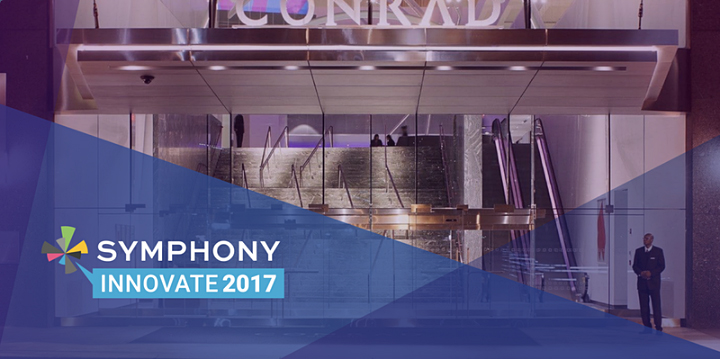It’s a very wide spectrum in capital markets between legacy user environments at one end and the equivalent of the SpaceX Dragon 2 mission and its recent launch at the other, where automation is center stage. There is a lot that firms can be doing today to move towards the latter, especially as fast evolving consumer products set a precedent for other industries. The number of growing millennials in capital markets who are taking up senior positions expect technology in office environments to offer regular improvements and functionality updates as standard. The future state in capital markets is evolving.
Areas which before were considered a nice to have, are becoming the new norm in the dynamic that the COVID pandemic created. Standardization and aggregation of data, multi-application interoperability and reducing the overall screen real estate are becoming essential in the migration to the new environment.
There is one component for many users across the front, middle and back office which is even more often used than Bloomberg, one that has achieved notoriety – Microsoft Excel. An integration of this component is key, whether between users, chat apps or an ecosystem of other applications which can be used to further workflow.
How can we build a better user experience? How can traders optimize their workflow in and out of the office? What is the best way to collaborate on data between departments and locations?
Find out more in the interview by Matthew Cheung in The Financial Technologist ‘Phoenix’ out now.
Tune in to hear more on “Creating a Blueprint for Pandemic Recovery in Financial Technology” webinar on 19th August at 5pm BST, where Matthew Cheung and an expert panel will be discussing the topic in more detail.



